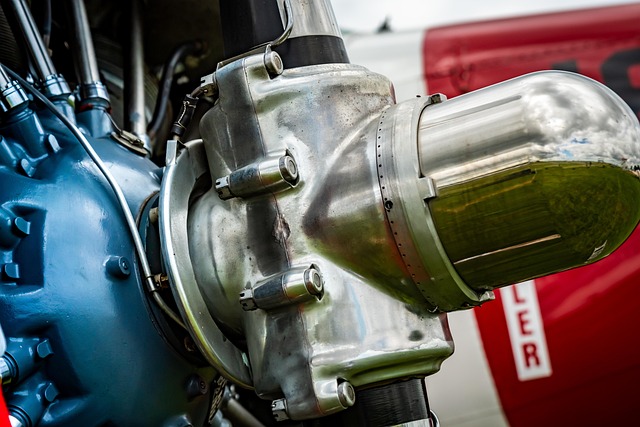Integrating MEP 3D modeling into EV charging station planning optimizes layout, enhances efficiency, and improves user experience by simulating digital twins of electrical, mechanical, and plumbing systems. This technology identifies conflicts early, facilitates informed decisions, reduces installation bottlenecks, and promotes seamless integration with existing infrastructure.
In the rapidly evolving landscape of electric vehicle (EV) adoption, efficient charging station layout and infrastructure modeling are paramount. This comprehensive guide delves into the critical aspects of designing and optimizing EV charging stations, focusing on key areas such as understanding specific requirements, leveraging advanced MEP 3D modeling techniques, considering infrastructure design for optimal efficiency, and maximizing user experience while ensuring safety. By exploring these essential elements, we aim to equip professionals with the knowledge to create modern, practical, and user-friendly charging station networks.
Understanding EV Charging Station Requirements
Understanding EV charging station requirements is paramount for successful infrastructure planning and implementation. These stations, integral to the electric vehicle (EV) ecosystem, necessitate careful consideration of both technical and operational aspects. Key factors include power supply needs, cable management, and user experience.
MEP 3D modeling emerges as a powerful tool in this context. It allows designers and engineers to visualize and optimize the layout, ensuring efficient space utilization and seamless integration within existing infrastructure. By simulating the physical and functional elements of charging stations, MEP 3D models facilitate informed decision-making, enhancing overall project efficiency and effectiveness.
MEP 3D Modeling: A Comprehensive Guide
MEP 3D modeling is a powerful tool in the realm of infrastructure planning, offering a comprehensive view of electrical, mechanical, and plumbing (MEP) systems within a building or facility. This advanced technique allows engineers and designers to visualize and coordinate complex MEP layouts before construction begins, ensuring efficiency and accuracy. By creating precise digital twins of physical spaces, professionals can identify potential conflicts and optimize the placement of components like wiring, pipes, and ventilation systems.
The process involves utilizing specialized software to generate 3D models that integrate electrical, mechanical, and plumbing data. This holistic approach facilitates better decision-making by providing a unified platform where various disciplines can collaborate. For instance, in EV charging station layout planning, MEP 3D modeling enables engineers to consider the power requirements of electric vehicle (EV) chargers alongside other critical infrastructure, ensuring seamless integration and efficient space utilization.
Infrastructure Design Considerations for Efficiency
When designing EV charging station infrastructure, efficient layout and smart MEP (Mechanical, Electrical, Plumbing) 3D modeling are key. Strategic placement of chargers within a facility or public space can minimize wait times and maximize user satisfaction, encouraging wider adoption of electric vehicles. 3D modeling software allows engineers to visualize the entire system—from power distribution to cable routing—in a digital environment before construction begins. This enables identifying potential bottlenecks or conflicts early on, ensuring smoother installation and ultimately improving overall efficiency.
Optimizing Layout for User Experience and Safety
To create an optimal EV charging station layout, prioritizing user experience and safety is paramount. 3D MEP (Mechanical, Electrical, Plumbing) modeling plays a pivotal role in this process by allowing designers to visualize and plan the space efficiently. By simulating the placement of charging stations, cables, and supporting infrastructure, developers can identify potential bottlenecks and hazards before construction begins. This facilitates informed decisions on factors like pedestrian flow, accessibility for maintenance, and cable management, ultimately enhancing safety and convenience for EV users.
Furthermore, MEP 3D modeling enables seamless integration of charging stations with existing infrastructure. Accurate models allow for better coordination between electrical systems, plumbing, and structural elements, minimizing disruptions and ensuring a smooth installation process. This holistic approach to layout planning not only streamlines construction but also contributes to a safer and more welcoming environment for electric vehicle owners.
In conclusion, designing efficient EV charging station layouts involves a multifaceted approach. Understanding the specific requirements, leveraging advanced MEP 3D modeling techniques, and carefully considering infrastructure design are key to creating optimal spaces. By prioritizing user experience and safety, while embracing innovative technologies like MEP 3D modeling, we can ensure that these stations become integral and accessible components of our evolving energy landscape.
